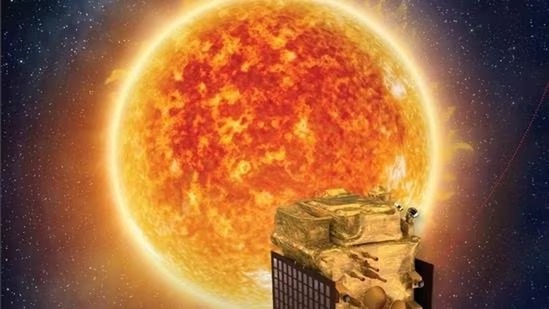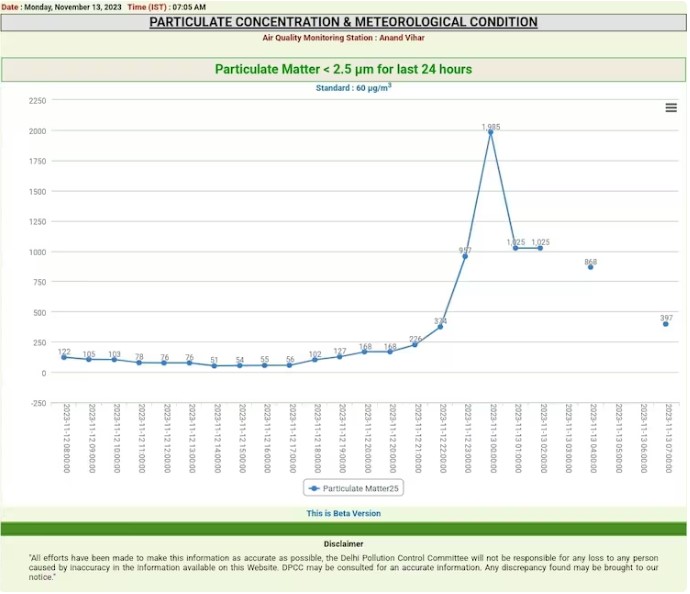Aditya-L1 performs a pivotal maneuver: Isro

The maneuver, according to the space agency, assures that the spacecraft is traveling in the direction of the Halo orbit insertion around L1.
Aditya-L1, the nation’s first solar observatory, is on course for its intended location in the Sun-Earth Lagrange Point 1 (L1), the Indian Space Research Organization reported on Sunday, days after the craft left the Earth’s sphere of influence. The maneuver, which lasted 16 seconds, was successfully completed.
Isro released a statement saying the spacecraft is in good condition and is headed to L1.
The spacecraft is in good condition and is traveling to Sun-Earth L1. On October 6, 2023, a trajectory correction manoeuvre (TCM) was carried out for roughly 16 seconds. It was necessary to make the correction in order to track the Trans-Lagrangean Point 1 Insertion (TL1I) maneuver that was carried out on September 19, 2023, according to the announcement.
Also see: IIT Kanpur trains 50 students to use impending ISRO Aditya L1 mission data in a workshop.
The maneuver, according to the space agency, assures that the spacecraft is traveling in the direction of the Halo orbit insertion around L1.
“The magnetometer will be turned on again in a few days as Aditya-L1 continues to move forward,” it said.
The Aditya-L1 spacecraft, the nation’s first attempt to study the Sun, was launched on September 2 by the Indian space agency from the Sriharikota spaceport. Following the launch, a series of maneuvers were carried out on Earth to make sure the craft would have enough velocity to begin its 125-day mission.
A senior scientist at the Indian Institute of Science in Bengaluru stated that the spacecraft needs to make these corrective manoeuvres because of the lengthy 125-day voyage it must make to keep to its intended course. The main payload that Aditya-L1 is transporting was created by IISc.
“…it was felt that a slight push was required to correct its path. These corrective manoeuvres might be required in the future as well and is not a cause of any concern. Teams are monitoring the movement of the craft carefully and these are done to ensure that the mission is a success finally,” the scientist said, requesting anonymity.
Isro stated in a mission update on September 30 that Aditya-L1 had traveled 9.2 lakh kilometers away from Earth, effectively evading the zone of influence of Earth, and was now directing its course towards L1.
After the Mars Orbiter Mission, Aditya-L1 is just the second spacecraft that Isro has dispatched outside the planet’s zone of influence.
Isro stated in a mission update on September 30 that Aditya-L1 had traveled 9.2 lakh kilometers away from Earth, effectively evading the zone of influence of Earth, and was now directing its course towards L1.
After the Mars Orbiter Mission, Aditya-L1 is just the second spacecraft that Isro has dispatched outside the planet’s zone of influence.
The Aditya-L1 spacecraft will ultimately be positioned at Lagrange Point-1, or L1, following a series of trajectory correction maneuvers. From there, it will begin a minimum five-year study to comprehend the Sun, the nearest star to Earth. The Sun and Earth’s L1 point, 1.5 million kilometers away from the planet, will make sure that the gravitational effects of the closest celestial bodies cancel each other out and assist the probe maintain equilibrium.
The L1 point is, in fact, merely 1% of the distance between the Earth and the Sun.
The project is intended to provide fresh information on the solar system’s core, according to Indian experts. The satellite is planned to be orbiting L1 in a halo.
The craft will have the advantage of uninterrupted observations at this point, free from occultation or eclipses, allowing for the study of the Sun’s corona, photon release, and surroundings.







